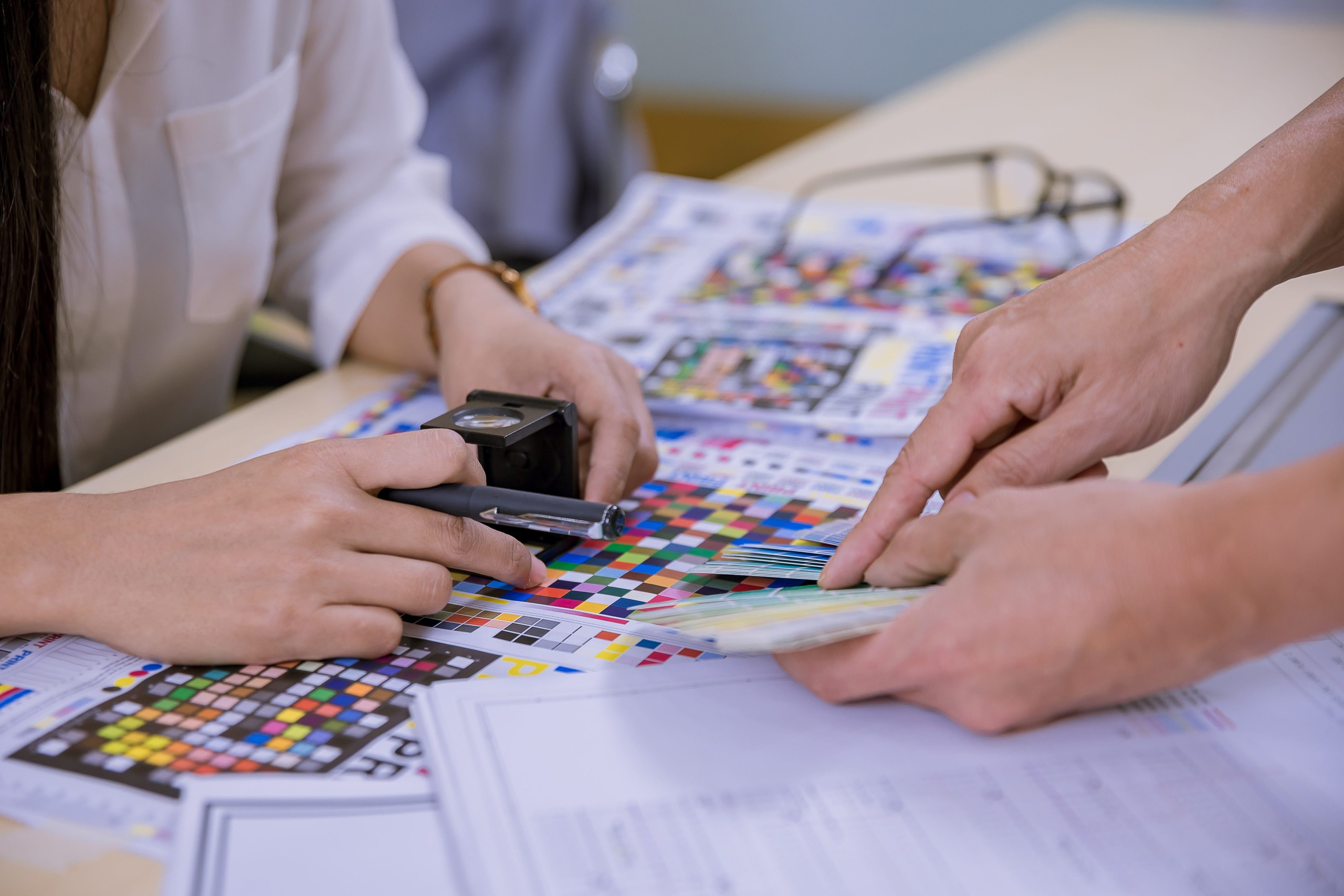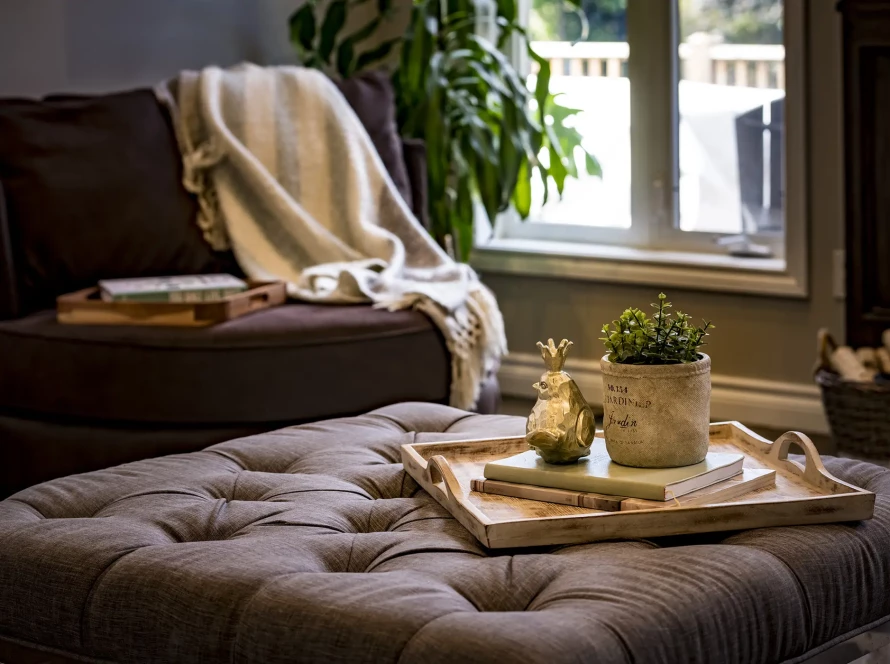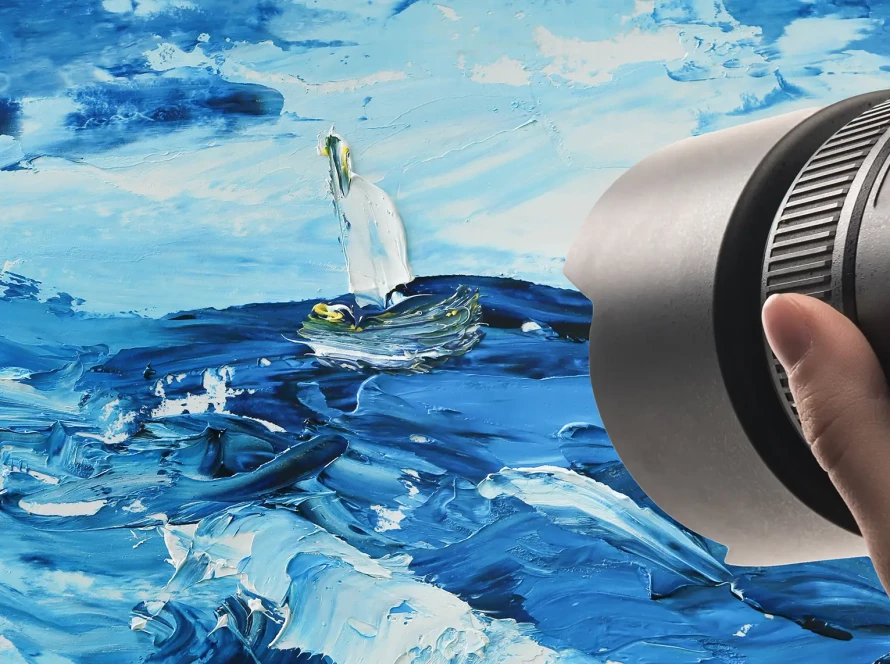Photographing artwork poses distinct challenges that can impact the final image quality. Understanding these obstacles empowers you to showcase creative pieces effectively. A range of factors influences artwork photography, including lighting, color accuracy, and composition. Ensuring accurate color representation requires technical skills and an understanding of different materials. Additionally, managing reflections and shadows remains critical for achieving optimal results. By addressing these common issues, you position yourself as a professional photographer capable of capturing the true essence of artistic works. Mastering these techniques enhances both your portfolio and the visibility of the artists you represent.
Lighting Difficulties
When photographing artwork, lighting conditions play a vital role. Natural light can vary throughout the day, leading to inconsistent results. To counteract this issue, consider using artificial lighting that provides uniformity in brightness and color temperature. Selecting the right artificial sources can enhance the overall quality of your artwork photography and showcase details accurately.
Glare and reflections significantly impact the visual appeal of images. Glossy finishes or glass frames can create distracting reflections, detracting from the artwork itself. Employing tools such as polarizing filters can help mitigate this issue effectively. Additionally, adjusting the angle of your lighting sources may further reduce unwanted glare and provide a clearer representation.
Managing shadows is another key aspect of capturing artwork effectively. Unwanted shadows can obscure important details, diminishing the overall impact of the piece. Carefully positioning both the artwork and your lighting setup can minimize these shadows. You might also experiment with different light sources or positioning to achieve an optimal balance in your photographs.
Consider the position of your artwork in relation to the light sources you use. The type of lighting you choose can either illuminate or cast shadows on the surface. Ambient light can create a softer effect, while directional light can enhance texture and depth. Finding the right combination of angles and sources allows you to elevate your artwork photography to a professional standard.
By addressing lighting difficulties, you can significantly improve your artwork photography. Understanding and implementing techniques to control natural light variations, reduce reflections, and manage shadows will greatly enhance the final images. This attention to detail not only showcases the pieces effectively but also ensures that your photography stands out in a competitive field. With practice, you’ll develop the skills necessary to present artwork in its best light.
Color Accuracy and Representation

Photographers must ensure that artworks are represented accurately in terms of color. Calibration of your camera and monitor is essential to achieve this goal. Using color calibration tools can help adjust the color profiles of your equipment, ensuring that what you see matches the final output. By maintaining accurate color, you respect the artist’s intentions and quality of the work.
Editing software also plays a critical role in the process of artwork photography. Utilizing programs like Adobe Lightroom or Photoshop allows you to fine-tune colors and tones to mirror the original piece more closely. Effective use of these tools balances enhancing the image and preserving the integrity of the artwork. Be careful not to over-edit, as this can alter the true essence and artistic expression.
Different materials used in artworks can reflect colors distinctly, posing another challenge in achieving accuracy. For example, fine art printing on glossy paper may produce vibrant colors, while canvas or matte surfaces may yield softer hues. Understanding these variations allows you to adjust your shooting technique accordingly, such as altering exposure settings or white balance. This practice enhances your capacity to capture the artwork precisely and enriches the visual experience.
– Calibrate your camera and monitor for better accuracy.
– Use editing software carefully to maintain the artwork’s essence.
– Understand how different materials affect color representation.
– Adjust camera settings based on artwork surface types.
– Maintain a balance between enhancement and fidelity to the original.
Photographers can take significant steps toward improving their artwork photography by mastering color accuracy techniques. Prioritizing calibration, thoughtful editing, and surface understanding ensures that creative works are represented as intended. The results not only enhance your portfolio but also foster a deeper connection with the artists you work with. By committing to these best practices, you empower yourself to capture and celebrate artistic expression authentically.
Composition and Framing Issues
Selecting the right background is crucial for effective artwork photography. A background should enhance the piece rather than divert attention. Neutral or complementary colors often work best, as they allow the artwork to take center stage. Removing distractions ensures the viewer’s focus remains where it belongs, on the creative expression.
Maintaining proper aspect ratios is key during the framing process. Adjust the camera position to avoid cropping out essential details or inadvertently altering the proportions. This attention to framing helps create images that truly reflect the artist’s vision. Ensure you are aware of the original dimensions to allow for the most accurate representation.
Perspective distortion can compromise the integrity of larger pieces. Utilize tilting or shifting techniques to correct angles and maintain straight lines within the artwork. By keeping the camera level and parallel to the piece, you prevent unwanted visual skewing. This practice preserves the artwork’s proportions, enhancing the overall quality of the photograph.
Experimenting with different compositions can yield stunning results. Take the time to assess various angles and perspectives while photographing the artwork. This exploration often reveals unique attributes that might otherwise go unnoticed. Such creative approaches can make your portfolio stand out in the competitive field of professional photography.
A well-composed photograph not only captures the essence of art but also tells a story. By applying thoughtful composition and framing techniques, you communicate the artist’s intentions more effectively. This engagement with the artwork elevates your photography and deepens the connection with the viewer. Committing to mastering these aspects will ultimately lead to more impactful and memorable images.
Elevate Your Artwork Photography
Overcoming challenges in artwork photography can greatly enhance your images. By focusing on lighting, color accuracy, and composition, you can capture the true essence of the art. Implementing proper techniques ensures that the final photographs represent the artwork faithfully. Each adjustment you make, from lighting to editing, contributes significantly to quality. A well-executed photograph not only showcases creativity but also invites viewers to appreciate the artist’s vision. Embrace these practices to elevate your photographic skills and achieve stunning results.




